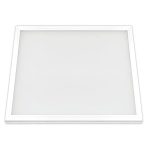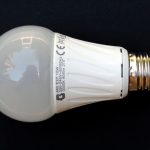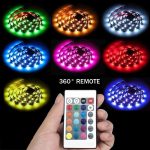Green LED Light: Its Uses and Benefits Explained
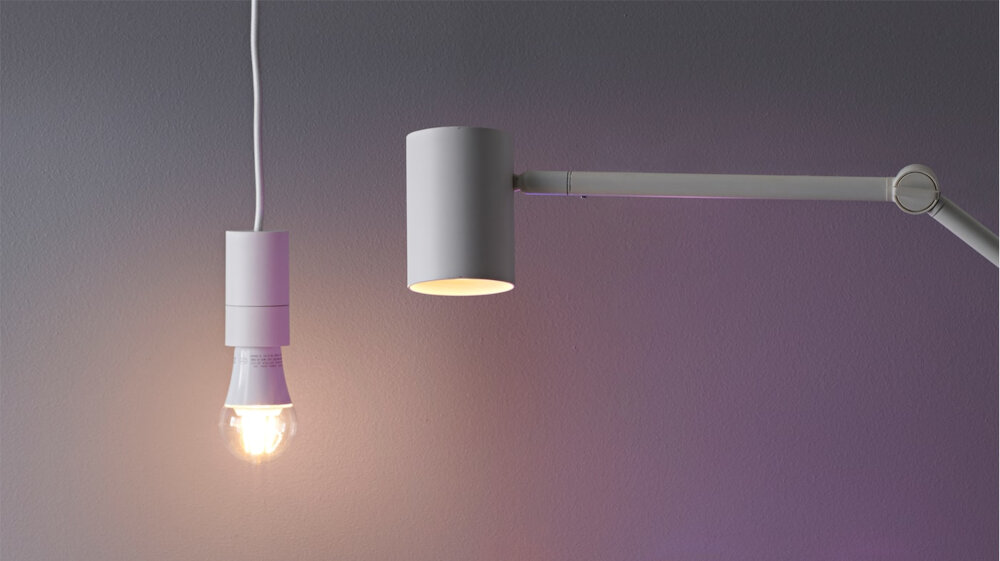
Green LED lights have become increasingly popular over the years due to their versatility and numerous benefits. LED or Light Emitting Diodes are semiconductors that produce light when an electric current passes through it. Green LEDs, in particular, emit light with a wavelength of around 495-570 nanometers, making them ideal for various applications. In this article, we will explore the uses and benefits of green LED lights. One of the most common applications of green LED lights is in traffic signals. Green is used to indicate that it is safe to proceed, making it an essential color for road safety. Green LED lights are also used in automotive lighting, including brake lights and turn signals. Additionally, green LEDs are used in displays, such as digital clocks and watches, as well as in electronic billboards and signs. With their longevity, energy efficiency, and low heat emission, green LED lights are a preferred choice for lighting solutions in various industries.
Green LED lights are a type of energy-efficient lighting technology that emits light in the green spectrum of the visible light spectrum. LED stands for Light Emitting Diode, which is a semiconductor device that converts electrical energy into light. The green LED lights are widely used in various applications due to their low power consumption, long lifespan, and durability. They are commonly used in traffic lights, streetlights, automotive lighting, and decorative lighting applications. The green LED lights offer numerous benefits, such as energy efficiency, cost-effectiveness, and environmental friendliness, making them an attractive lighting option for both commercial and residential settings.
The history of LED lights dates back to the early 1900s when scientists discovered the phenomenon of electroluminescence, which is the emission of light by certain materials when an electric current passes through them. However, it wasn’t until the 1960s that the first practical LED was developed by a team of researchers at General Electric. These early LEDs emitted red light and were expensive and inefficient. Over the years, advancements in technology have led to the development of green LED lights, which are highly efficient and have a longer lifespan than traditional lighting sources. Today, LED lights are widely used in homes, businesses, and public spaces because of their energy efficiency, low heat emission, and environmentally friendly properties.
Green LED lights have become increasingly popular due to their versatility and benefits. They are widely used in various applications, including traffic lights, automotive lighting, and indoor/outdoor lighting. One of the key advantages of green LED lights is their energy efficiency, which makes them a more sustainable and cost-effective lighting option. Additionally, green LED lights have been found to be less harmful to the environment compared to traditional lighting sources, as they do not contain toxic elements such as mercury. Moreover, green LED lights have been proven to have several health benefits, such as reducing eye strain and promoting better sleep patterns. Overall, the adoption of green LED lights has become an important step towards creating a greener and more sustainable future.
Uses of Green LED Lights
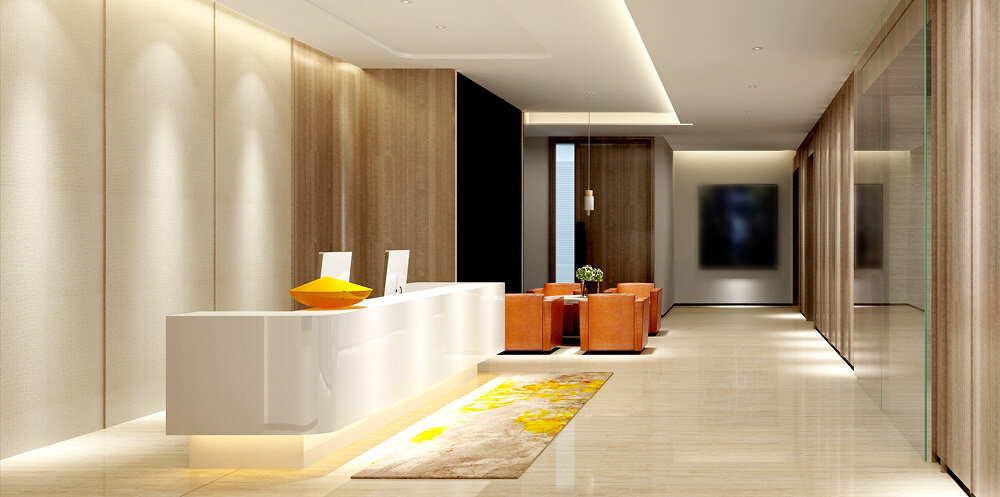
Green LED lights have become increasingly popular in recent years due to their numerous uses and benefits. One of the primary uses of green LED lights is in the field of horticulture. These lights are used to provide plants with the necessary light they need to grow and thrive. Green LED lights are particularly useful for plants that require low levels of light, such as succulents, cacti, and other desert plants. The green light spectrum is also beneficial for plants because it promotes photosynthesis and helps them absorb nutrients more efficiently. Furthermore, green LED lights are energy-efficient and can be used to supplement natural sunlight or as the sole source of light for indoor plants. Another common use of green LED lights is in the field of astronomy. Green light is often used to illuminate astronomical instruments and equipment because it has a minimal effect on night vision. This means that astronomers can use green LED lights to see and study the stars without disrupting their eyes’ natural adaptation to low light levels. Additionally, green LED lights are used in outdoor lighting fixtures, such as street lights and traffic signals. Green lights are particularly useful in these applications because they are easily visible from a distance and do not produce glare, making them safer and more efficient than other types of lighting. Overall, the uses and benefits of green LED lights are numerous and varied, making them a valuable addition to many industries and fields.
Green LED lights are commonly used in traffic lights due to their efficient energy consumption and long lifespan. They provide a clear and bright indication for drivers to proceed, indicating safety on the roadways. The green light is also used as a signal to pedestrians that it is safe to cross the street. The use of green LED lights in traffic signals has significantly reduced the maintenance costs and energy consumption of traffic systems, making it a cost-effective and eco-friendly solution. The benefits of green LED lights in traffic signals are numerous, including improved safety, energy efficiency, and reduced carbon emissions.
The use of green LED light in plant growth has gained significant attention among researchers and farmers. Green light, which has a wavelength of around 500-600 nm, is absorbed by chlorophyll and other pigments in plants, triggering photosynthesis and promoting growth. Unlike other colors of light, green light penetrates deeper into the plant, reaching the lower leaves and roots. This results in better nutrient absorption and increased root growth, leading to stronger and healthier plants. Moreover, green LED light is energy-efficient, producing minimal heat and consuming less electricity than traditional lighting sources, making it an eco-friendly and cost-effective solution for indoor plant growth.
Green LED light has shown promising results in medical treatment. It has been found to be effective in reducing pain and inflammation in patients suffering from conditions such as rheumatoid arthritis and fibromyalgia. The light therapy works by stimulating the production of endorphins, which are natural painkillers in the body. It also promotes blood circulation, which aids in the healing process. Additionally, green LED light has been shown to have a positive effect on skin cells, making it a useful tool in treating skin conditions such as acne and eczema. The non-invasive nature of the treatment and lack of side effects make it an attractive alternative to traditional medical treatments.
The entertainment industry has been quick to adopt green LED lights due to their efficiency and versatility. Green LED lights are commonly used in stage lighting, film and television productions, and even in theme parks. They provide a bright and vibrant color that is perfect for creating a wide range of moods and atmospheres. Additionally, they are also energy-efficient and long-lasting, making them a cost-effective choice for entertainment venues. With their ability to create a variety of effects and their eco-friendly benefits, it is no wonder that green LED lights have become a staple in the entertainment industry.
The automotive industry has been one of the most significant adopters of green LED lights. These lights are used in a variety of ways, from dashboard indicators to brake lights. One of the most significant benefits of green LEDs in automotive applications is their energy efficiency. They consume significantly less power than traditional halogen bulbs, reducing the load on the vehicle’s electrical system and improving fuel efficiency. Additionally, green LEDs offer a longer lifespan than traditional bulbs, reducing the frequency of replacements and waste. Overall, the adoption of green LEDs in the automotive industry has been a significant step forward in reducing the environmental impact of transportation.
Benefits of Green LED Lights
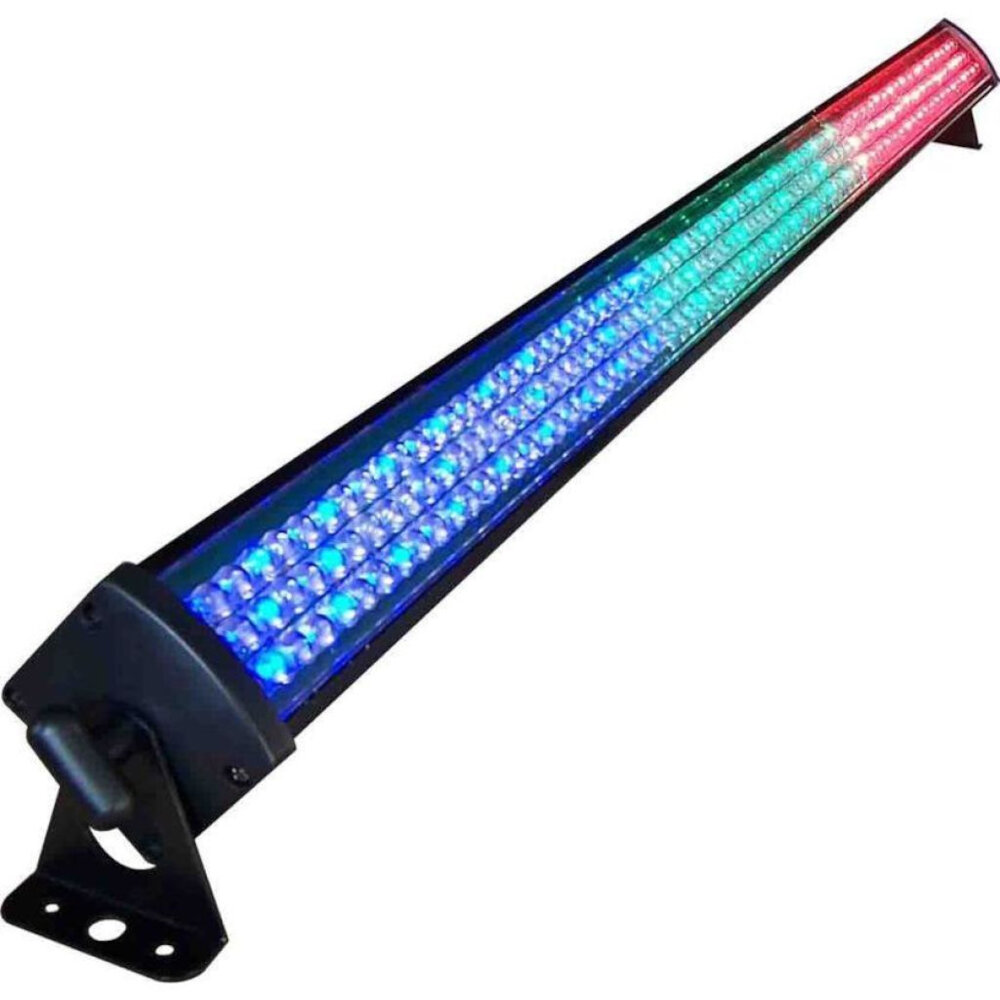
Green LED lights have gained immense popularity in recent years, owing to their numerous benefits. One of the most significant advantages of green LED lights is their energy efficiency. These lights consume significantly less energy than traditional lighting sources such as incandescent lights, making them an ideal choice for environmentally conscious individuals. Moreover, green LED lights have a longer lifespan than traditional lights, reducing the need for frequent replacements and saving on maintenance costs. This makes them a cost-effective option for both residential and commercial purposes. Another essential benefit of green LED lights is their impact on human health. Unlike traditional lighting sources, green LED lights emit less blue light, which can be harmful to human health. Blue light has been linked to disrupted sleep patterns, eye strain, and headaches. Green LED lights offer a more comfortable and relaxed lighting experience, making them an ideal choice for environments where people spend extended periods, such as offices, schools, and hospitals. Additionally, green light has been shown to have a soothing effect on individuals, making it an excellent choice for spaces that require a calm and peaceful atmosphere, such as meditation rooms and yoga studios.
Energy efficiency is an important aspect of sustainability and environmental conservation. It refers to the efficient use of energy to achieve a desired output. In the context of lighting, LED lights are a great example of energy-efficient lighting solutions. Compared to traditional incandescent bulbs, LED lights consume significantly less energy, last longer, and emit less heat. This means that they are not only better for the environment, but also more cost-effective in the long run. Additionally, LED lights are versatile and can be used in a variety of settings, from residential homes to commercial buildings and outdoor spaces. Overall, energy efficiency is a crucial consideration when it comes to creating a more sustainable future, and LED lights are an excellent example of how technology can help us achieve this goal.
Longevity is an essential factor that determines the sustainability and durability of any product. In the case of green LED lights, longevity is a crucial aspect that ensures energy-efficient and long-lasting lighting solutions. The extended lifespan of green LED lights results from the use of advanced technology that minimizes energy consumption and heat generation. This technology enhances the durability of the product, reduces maintenance costs, and minimizes the carbon footprint. Additionally, green LED lights are environmentally friendly, making them an ideal lighting solution for eco-conscious individuals and organizations. Therefore, investing in green LED lights is a wise decision that guarantees long-lasting, energy-efficient, and eco-friendly lighting solutions.
Durability is a crucial factor to consider when it comes to choosing lighting solutions. In the case of green LED lights, their durability is unmatched by traditional lighting sources. These lights are designed to last up to 50,000 hours, which is significantly longer than incandescent bulbs. Additionally, green LED lights are resistant to shock and vibration, making them ideal for use in harsh environments. The durability of green LED lights also makes them an eco-friendly choice as they require fewer replacements, reducing waste and energy consumption. Overall, the durability of green LED lights makes them a reliable and cost-effective lighting solution for both residential and commercial applications.
Low heat emission is one of the most significant benefits of green LED lights, making them an ideal choice for various applications. Unlike traditional lighting sources, green LED lights do not generate a significant amount of heat, which not only helps in reducing energy consumption but also prevents overheating and potential fire hazards. The low heat emission of green LED lights also makes them suitable for use in confined spaces, where traditional lighting sources can be dangerous due to their high heat output. Additionally, the reduced heat emission of green LED lights contributes to their longer lifespan, making them a cost-effective and sustainable lighting solution.
In today’s world, where environmental protection has become a pressing issue, the use of environmentally friendly products has become a necessity. One such product is the green LED light, which not only helps in reducing energy consumption but also has several other benefits. Green LED lights are known to emit a cool and soothing light that is easy on the eyes, making them ideal for use in various settings, including homes, offices, and outdoor spaces. Additionally, green LED lights have a longer lifespan than traditional light bulbs, which means less waste and fewer replacements. Moreover, these lights do not contain any harmful chemicals, such as mercury, and are recyclable, making them an eco-friendly option for lighting needs. Overall, green LED lights are a great way to reduce energy consumption, save money, and contribute to environmental sustainability.
Comparison with Other Lights
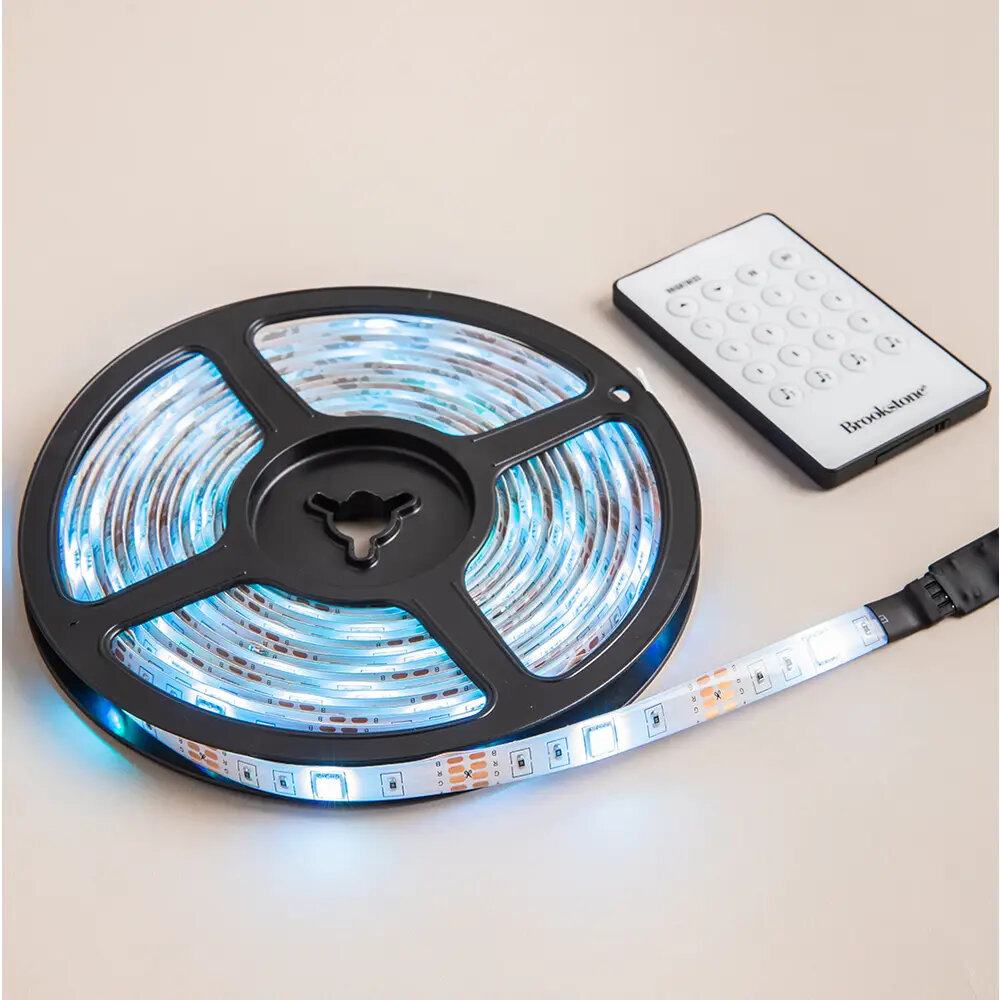
When compared to other types of lights, green LED lights have a unique set of advantages. Traditional incandescent bulbs produce warm yellow light, which can be harsh on the eyes and lead to headaches. Fluorescent lights, on the other hand, produce a harsh white light that can also cause eye strain. Green LED lights offer a softer, more soothing light that is easy on the eyes and creates a calming atmosphere. This makes them ideal for use in settings where relaxation and concentration are important, such as bedrooms, study areas, and spas. Another advantage of green LED lights is their energy efficiency. Unlike incandescent bulbs, which waste a significant amount of energy as heat, LED lights produce very little heat and use up to 80% less energy than traditional bulbs. This means that not only do green LED lights help to reduce your carbon footprint, but they can also save you money on your energy bills. Additionally, LED lights have a much longer lifespan than traditional bulbs, which means they need to be replaced less frequently. This makes them a cost-effective and environmentally friendly choice for lighting.
When compared to incandescent lights, green LED lights come with a plethora of benefits. Firstly, they are much more energy-efficient and consume less power, which helps in reducing electricity bills and conserving energy. Secondly, they have a much longer lifespan and can last up to 25 times longer than traditional incandescent bulbs. This not only saves money in terms of replacement costs but also reduces the amount of waste generated from discarded bulbs. Additionally, green LED lights do not emit harmful UV radiation, making them safer for the environment and human health. All of these factors make green LED lights a more sustainable and eco-friendly option compared to incandescent lights.
When compared to fluorescent lights, green LED lights have several advantages. First, they are more energy-efficient, consuming up to 80% less energy than fluorescent lights. This makes them an ideal choice for those looking to reduce their carbon footprint and save on energy costs. Additionally, green LED lights have a longer lifespan than fluorescent lights, lasting up to 25 times longer. They also contain no hazardous materials, such as mercury, which is commonly found in fluorescent lights. This makes green LED lights a safer and more environmentally friendly option. Finally, green LED lights offer better color rendering, producing more natural and vibrant colors than fluorescent lights. Overall, green LED lights are a superior option to fluorescent lights in terms of energy efficiency, durability, safety, and color quality.
When it comes to LED lights, there are a variety of options available in the market. Compared to traditional incandescent bulbs, LED lights are more energy-efficient and long-lasting. However, when it comes to green LED lights, they have an added advantage. Unlike other LED lights, green LED lights do not emit harmful UV radiation, making them safer for use in various applications. Additionally, green LED lights have better color stability and offer a more natural-looking light compared to other green light sources like fluorescent lights. These factors make green LED lights an ideal choice for indoor and outdoor lighting applications, including traffic lights, emergency exit signs, and green lighting accents in homes and businesses.
Green LED lights have numerous benefits and uses. One of the main benefits is their energy efficiency, as they consume less electricity than traditional lights. They are also long-lasting and durable, making them ideal for outdoor use. Green LED lights are widely used in traffic signals, as they provide a clear and bright indication of when to stop or go. They are also used in horticulture as they promote plant growth, and in interior design to create a calming and relaxing atmosphere. Additionally, green LED lights have been found to have therapeutic effects on individuals with certain medical conditions like migraines and anxiety. Overall, the versatility and practicality of green LED lights make them a valuable addition to many industries and settings.
The potential for future development and improvement of green LED light technology is immense. As research and development continue, scientists and engineers are finding new and exciting ways to harness the power and efficiency of LED lighting. From increasing the brightness and color accuracy of green LEDs to developing new applications for their use in medical and environmental fields, the possibilities are endless. Additionally, the continued push towards sustainable and eco-friendly technology will likely drive further innovation in green LED lighting, making it an even more attractive option for businesses and individuals looking to reduce their carbon footprint. Overall, the future looks bright for green LED lighting and the benefits it can provide to society as a whole.
As we move towards a more sustainable future, it is imperative that we prioritize the use of green LED lights in various industries. Green LED lights are not only energy-efficient but also have a longer lifespan than traditional lighting options. This means that they not only reduce our carbon footprint but also save us money in the long run. Furthermore, the use of green LED lights has been shown to improve the quality of light emission, making it ideal for various applications such as horticulture, sports lighting, and even automotive lighting. It is time for industries to prioritize sustainability and make the switch to green LED lights for a better future. Let us take action and make a positive impact on the environment.
Conclusion
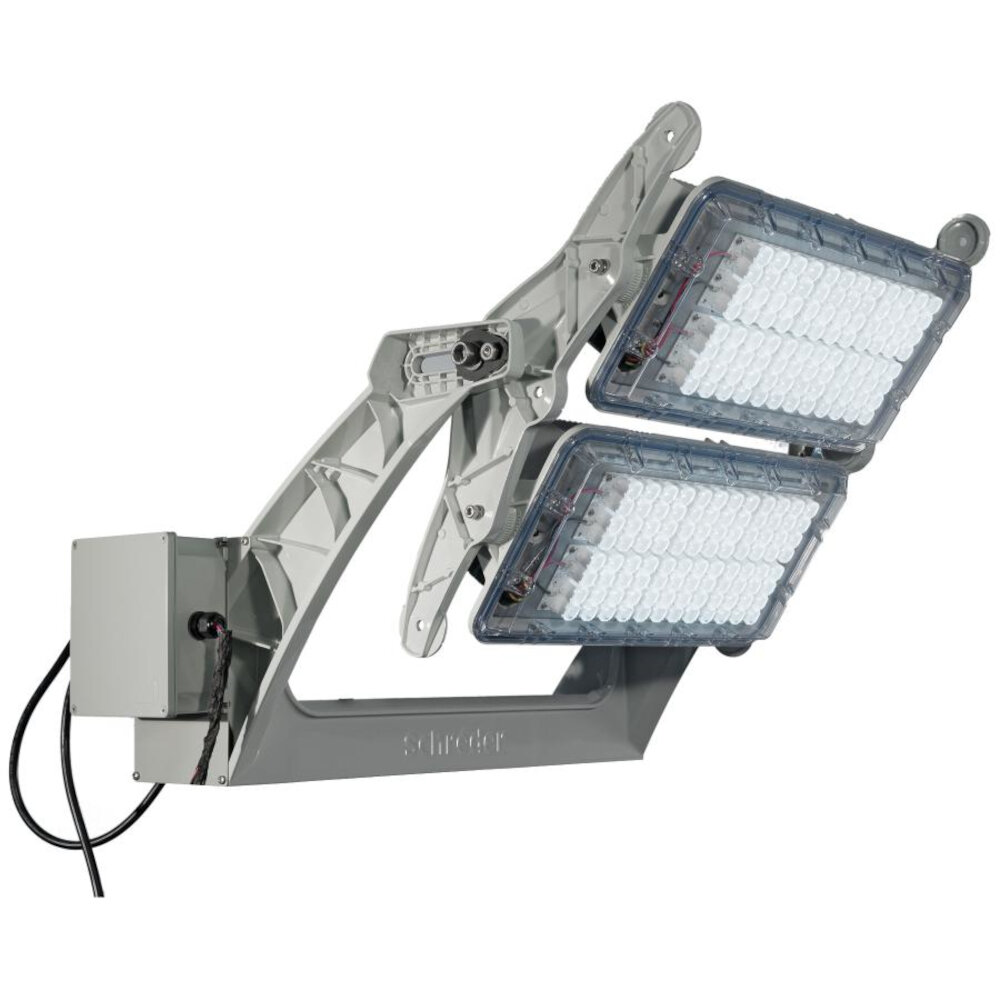
In conclusion, the green LED light is a versatile and beneficial lighting option that can be used in various settings. Its energy efficiency, long lifespan, and low heat emission make it an excellent choice for both residential and commercial applications. The green LED light is also known to have a positive impact on human physiology, including reducing eye strain and improving mood. Additionally, its ability to provide a clear and crisp light is ideal for various tasks such as reading and working. With its many benefits, it’s no wonder that the green LED light is becoming a popular choice for lighting solutions. Overall, the green LED light is a reliable and cost-effective lighting option that provides numerous advantages, making it an excellent investment for anyone seeking to improve their lighting experience.


